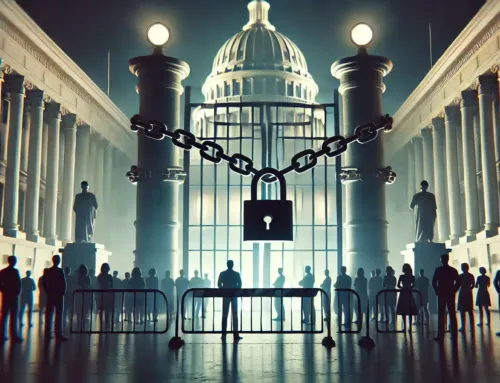
The terms “HIPAA risk analysis” and “HIPAA gap analysis” are commonly confused because they sound the same, and embody similar concepts. However, the two activities are unique, involve processes that are distinct from each other, and target different components of HIPAA compliance – so it’s important to avoid confusing them.
What is a HIPAA Risk Analysis?
A HIPAA risk analysis is required under the HIPAA Security Rule. A HIPAA risk analysis is the first step in the security rule’s Security Management Process. The Security Management Process requires covered entities to:
- Identify and analyze potential risks to electronic protected health information (ePHi); and
- Implement security measures that reduce risks and vulnerabilities to a reasonable and appropriate level.
A HIPAA risk analysis is the first step in the security management process. The HIPAA risk analysis consists of identifying, documenting, and analyzing these threats and vulnerabilities.
Performing the HIPAA risk analysis is crucially important. If threats and vulnerabilities are not identified and documented, no one is aware of them, and therefore no one is going to implement security measures to reduce or eliminate them.
To perform a risk analysis, your organization must identify security risks and threats, and determine the impact these risks and threats would have on your organization, if realized.
The risk analysis must be performed according to a documented procedure that can be repeated for future risk analysis. The HIPAA risk analysis documents should include, at a minimum:
- A description of the purpose and scope of the risk analysis.
- A description of each workforce member’s roles and responsibilities with respect to the analysis.
- A description of the nature of management’s involvement in risk analysis.
- A statement of the frequency of reviewing and updating the risk analysis (i.e., how often must the analysis be reviewed and updated?).
- A defined “scope of analysis.” The scope of the analysis indicates what systems are covered by the risk analysis. The scope of analysis must identify all systems that create, transmit, maintain, or transmit ePHI.
- Details of identified threats and vulnerabilities (i.e., descriptions of the nature and type of threats associated with a particular system, and descriptions of what vulnerabilities exist, within what system).
- An assessment of the current security measures your organization is using to protect ePHI.
- An Impact and likelihood analysis (an assessment of how likely a risk is likely to be realized, and the impact on your organization that would be caused by the risk occurring).
- Risk ratings (risks that have the highest likelihood of occurring, and the most severe impact on your organization, should be ranked highest, while risks with the lowest likelihood of occurring, and the least severe impact on your organization, should rank last).
What is a HIPAA Gap Analysis?
A HIPAA risk analysis is a required activity that consists of specific measures. In contrast, a gap analysis is much broader in scope. The gap analysis is NOT required by HIPAA rules.
However, performing a gap analysis can help healthcare organizations confirm that they have satisfied the requirements of the security rule, which requirements include, of course, the requirement to perform a risk analysis. In addition, performing a gap analysis can also give you an excellent idea where your organization stands with respect to overall security rule compliance.
Gap analysis is often the first step an organization takes when assessing the level of its overall HIPAA Security Rule compliance. This type of review is generally a higher-level process – one more concerned with finding broader issues in the forest, than with finding specific issues in the trees.
In a gap analysis, an organization performs a narrowed evaluation to determine whether the business has implemented basic Security Rule-required controls or safeguards.
A gap analysis is performed to find obvious deficiencies (i.e., to find out whether an important safeguard is missing). A risk analysis is performed to ensure that your organization does those specific things that the controls or safeguards require it to do.
Compliancy Group simplifies HIPAA compliance, allowing you to confidently focus on your business. Our cloud-based compliance software, the Guard™ can be accessed from any device, anywhere, where there is an internet connection. In addition, the Guard™ software stores all that you need to prove your required “good faith effort” towards HIPAA compliance in one convenient location. Find out more about how Compliancy Group can help you with your HIPAA compliance needs!









